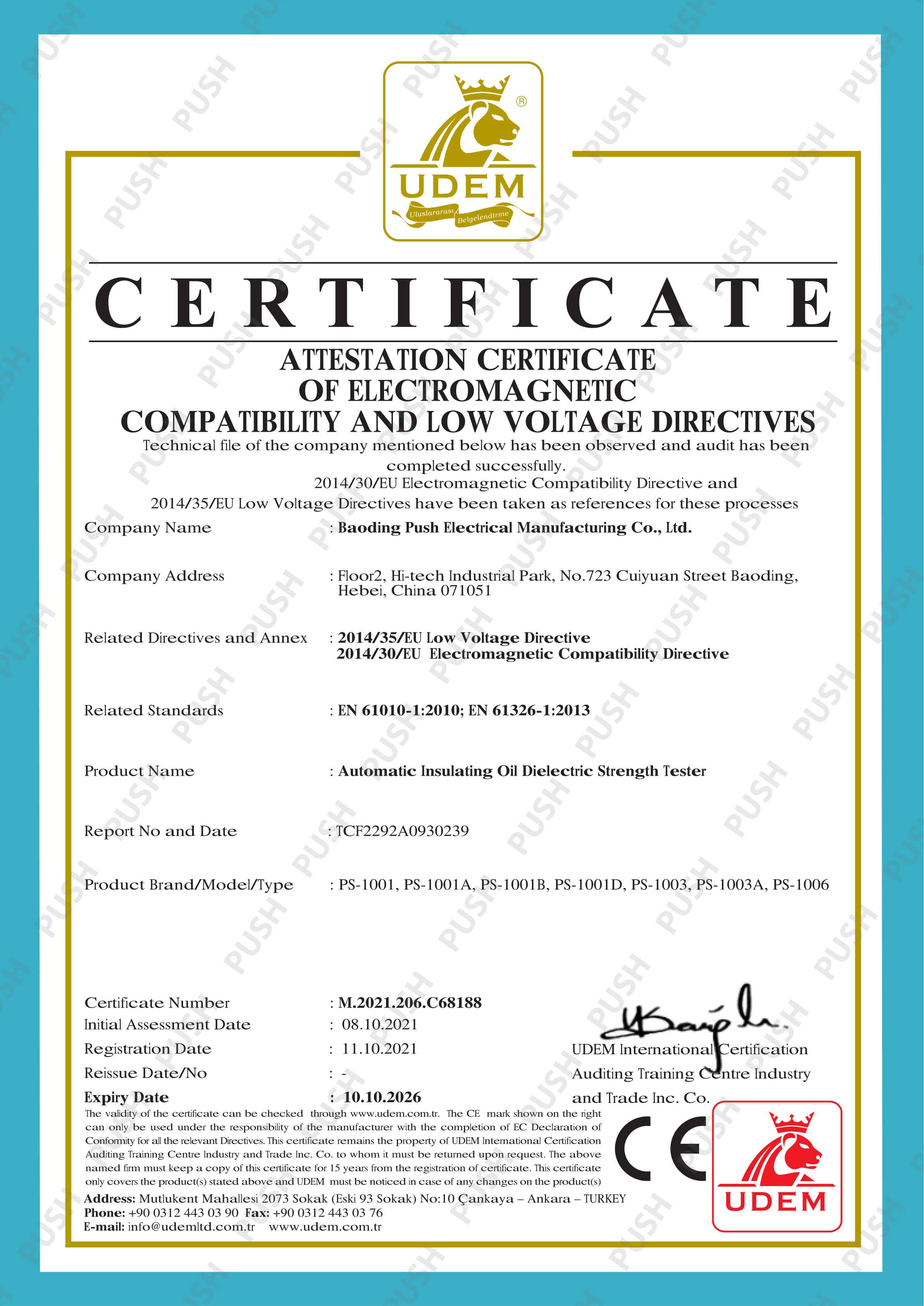 English
English



-
 Afrikaans
Afrikaans -
 Albanian
Albanian -
 Amharic
Amharic -
 Arabic
Arabic -
 Armenian
Armenian -
 Azerbaijani
Azerbaijani -
 Basque
Basque -
 Belarusian
Belarusian -
 Bengali
Bengali -
 Bosnian
Bosnian -
 Bulgarian
Bulgarian -
 Catalan
Catalan -
 Cebuano
Cebuano -
 China
China -
 China (Taiwan)
China (Taiwan) -
 Corsican
Corsican -
 Croatian
Croatian -
 Czech
Czech -
 Danish
Danish -
 Dutch
Dutch -
 English
English -
 Esperanto
Esperanto -
 Estonian
Estonian -
 Finnish
Finnish -
 French
French -
 Frisian
Frisian -
 Galician
Galician -
 Georgian
Georgian -
 German
German -
 Greek
Greek -
 Gujarati
Gujarati -
 Haitian Creole
Haitian Creole -
 hausa
hausa -
 hawaiian
hawaiian -
 Hebrew
Hebrew -
 Hindi
Hindi -
 Miao
Miao -
 Hungarian
Hungarian -
 Icelandic
Icelandic -
 igbo
igbo -
 Indonesian
Indonesian -
 irish
irish -
 Italian
Italian -
 Japanese
Japanese -
 Javanese
Javanese -
 Kannada
Kannada -
 kazakh
kazakh -
 Khmer
Khmer -
 Rwandese
Rwandese -
 Korean
Korean -
 Kurdish
Kurdish -
 Kyrgyz
Kyrgyz -
 Lao
Lao -
 Latin
Latin -
 Latvian
Latvian -
 Lithuanian
Lithuanian -
 Luxembourgish
Luxembourgish -
 Macedonian
Macedonian -
 Malgashi
Malgashi -
 Malay
Malay -
 Malayalam
Malayalam -
 Maltese
Maltese -
 Maori
Maori -
 Marathi
Marathi -
 Mongolian
Mongolian -
 Myanmar
Myanmar -
 Nepali
Nepali -
 Norwegian
Norwegian -
 Norwegian
Norwegian -
 Occitan
Occitan -
 Pashto
Pashto -
 Persian
Persian -
 Polish
Polish -
 Portuguese
Portuguese -
 Punjabi
Punjabi -
 Romanian
Romanian -
 Russian
Russian -
 Samoan
Samoan -
 Scottish Gaelic
Scottish Gaelic -
 Serbian
Serbian -
 Sesotho
Sesotho -
 Shona
Shona -
 Sindhi
Sindhi -
 Sinhala
Sinhala -
 Slovak
Slovak -
 Slovenian
Slovenian -
 Somali
Somali -
 Spanish
Spanish -
 Sundanese
Sundanese -
 Swahili
Swahili -
 Swedish
Swedish -
 Tagalog
Tagalog -
 Tajik
Tajik -
 Tamil
Tamil -
 Tatar
Tatar -
 Telugu
Telugu -
 Thai
Thai -
 Turkish
Turkish -
 Turkmen
Turkmen -
 Ukrainian
Ukrainian -
 Urdu
Urdu -
 Uighur
Uighur -
 Uzbek
Uzbek -
 Vietnamese
Vietnamese -
 Welsh
Welsh -
 Bantu
Bantu -
 Yiddish
Yiddish -
 Yoruba
Yoruba -
 Zulu
Zulu
Understanding the Importance of Hipot Testing for Electrical Continuity and Safety
Understanding the Hipot Continuity Test A Critical Safety Measure in Electrical Engineering
The hipot continuity test, also known as the dielectric withstand test or insulation resistance test, is an essential procedure in electrical engineering that ensures the safety and reliability of electrical devices and wiring systems. This testing method is crucial for identifying any potential insulation failures that can lead to dangerous electrical shocks, equipment damage, or fires.
The underlying principle of the hipot test is to apply a high voltage between the conductive parts of an electrical device and its insulating components. By subjecting the insulation to a stress voltage that exceeds its normal operating conditions, engineers can determine whether the insulation can withstand potential over-voltage scenarios. The outcome of this test provides valuable insight into the integrity of the device's insulation system.
How the Hipot Test Works
The hipot test typically involves connecting the test equipment to the device under assessment and applying a specified voltage level, which is usually significantly higher than the device’s normal operational voltage (commonly 1.5 to 2 times the rated voltage). The duration of the test can range from a few seconds to several minutes, depending on the testing standards being followed.
During the test, the equipment monitors the current that flows through the insulation. A low leakage current indicates that the insulation is intact and functioning correctly, while a high leakage current suggests that there are flaws or breakdowns in the insulation that need to be addressed. The test can be performed as a pass/fail procedure, or the leakage current can be measured quantitatively for detailed evaluation.
Why is the Hipot Continuity Test Important?
hipot continuity test

The significance of the hipot continuity test cannot be overstated. Firstly, it plays a critical role in quality control during the manufacturing process of electrical equipment. By ensuring that the insulation meets safety standards before the product goes to market, manufacturers can reduce the risk of field failures, which can lead to costly recalls and repairs, not to mention potential legal liabilities.
Secondly, the test is vital for maintenance activities in existing electrical systems. Regular hipot testing can identify insulation degradation due to environmental factors, wear and tear, or aging. By proactively addressing insulation issues, facility managers can prevent unexpected equipment failures and enhance the overall safety of their operations.
Standards and Regulations
Various industry standards and regulations govern the hipot continuity test, including those established by the Institute of Electrical and Electronics Engineers (IEEE), the International Electrotechnical Commission (IEC), and Underwriters Laboratories (UL). These standards provide guidelines for test voltages, duration, and acceptable leakage current levels, ensuring consistency and safety across different applications and products.
Conclusion
In summary, the hipot continuity test is a critical procedure in the electrical engineering realm that ensures the safety, reliability, and longevity of electrical devices and systems. By identifying insulation weaknesses and potential failures through rigorous testing, engineers can implement corrective measures that safeguard both equipment and users. As technology evolves and electrical systems become more complex, the importance of such safety measures will continue to grow, making the hipot test an indispensable tool in the arsenal of electrical professionals. Investing in comprehensive testing protocols, including regular hipot continuity tests, is essential for anyone involved in the design, manufacture, or maintenance of electrical equipment.
-
Testing Equipment Industry Sees Major Advancements in 2025: Smart & Precision Technologies Lead the WayNewsJun.06,2025
-
Applications of Direct Current Generators in Renewable Energy SystemsNewsJun.05,2025
-
Hipot Tester Calibration and Accuracy GuidelinesNewsJun.05,2025
-
Digital Circuit Breaker Analyzer Features and BenefitsNewsJun.05,2025
-
Benefits of Real-Time Power Quality Monitoring Devices for Industrial EfficiencyNewsJun.05,2025
-
Earth Fault Loop Testing in High-Rise Building Electrical SystemsNewsJun.05,2025



